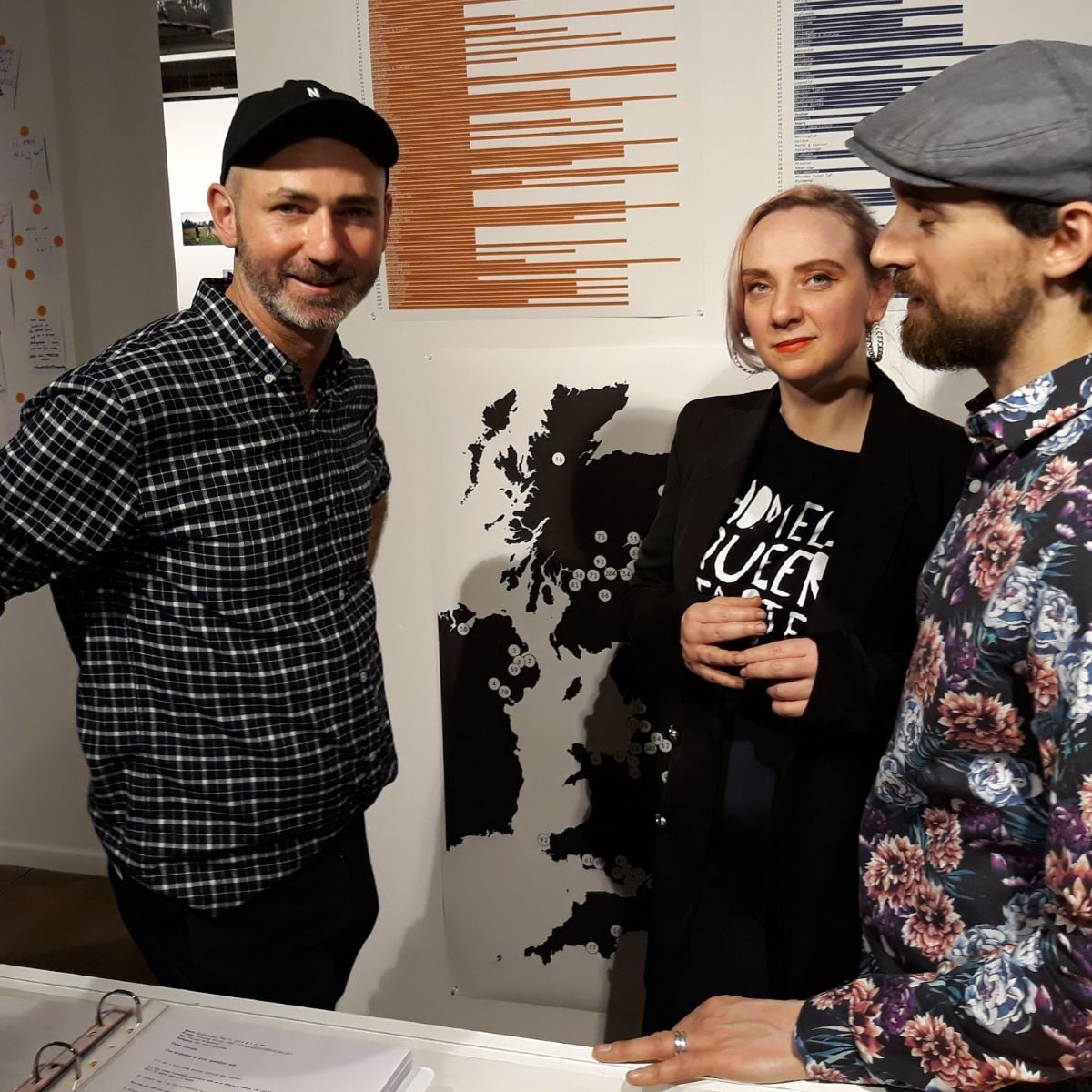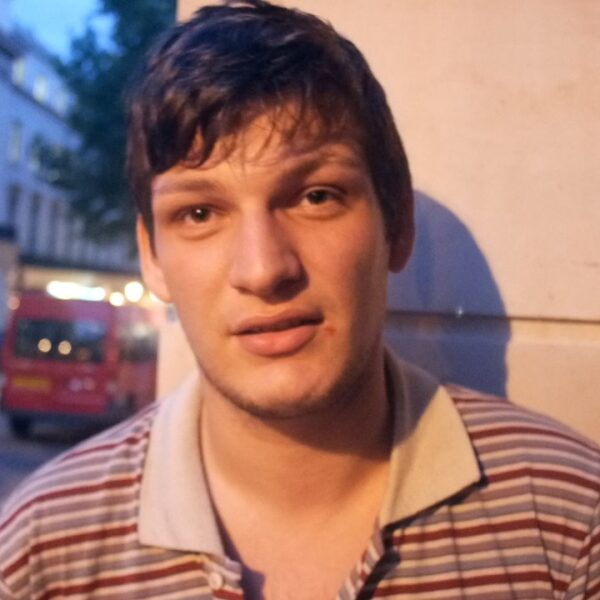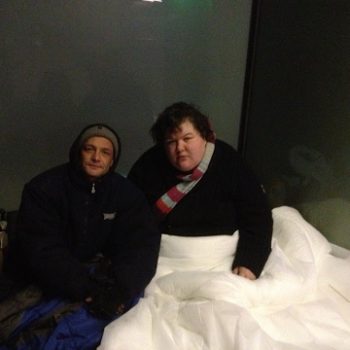A clear and tragic message spread through most of the UK’s major news outlets last month: at least 976 people died in the country in 2020 without any place to call home.
That figure was 37 percent higher than in 2019, despite nationwide schemes aiming to house homeless people in hotels and other temporary settings through the worst months of the pandemic.
While the statistic appears simple, calculating it is a laborious process. It was first published in 2019 by The Bureau of Investigative Journalism (TBIJ). The group realised no single body was logging how many people were dying homeless each year across the UK or when and how they were dying.
The stat took TBIJ 18 months of data collection, involving a network of reporters around the country, help from charities and grassroots organisations, and hundreds of freedom of information requests to publish its results. It found that 800 men and women had died while sleeping rough or living in temporary accommodation between the start of October 2017 and the end of March 2019.
Beyond this, it gave a brief glimpse into some of their lives.
Donna Marney died in Kingston in December 2017. She will be “remembered for her incredible taste in music and beautiful deep red hair.”
Henryk Smolarz died in Plymouth in March 2018. He had worked as a physicist and mathematician, but lost his job due to economic difficulties. He was described by a friend he met on the streets as a kind man who would help anybody, and who was proud of his children.
Carrying On
As a result of the project, the UK’s statistical office, the ONS, committed to publishing official data on homeless deaths in England and Wales. National Records of Scotland followed suit in 2020, though there is still no official record for Northern Ireland.
Despite this progress, in an unusual move for a journalistic team, TBIJ decided that the specific data collection it had done for its story (not just UK-wide figures on deaths, but also people’s names, ages, locations and life stories) needed to be continued after its initial publication.
For that, it turned to Museum of Homelessness (MoH). A community group that had helped with research, MoH also carried out advocacy work around the article’s publication. For example, it organised a vigil outside Downing Street for those who lost their lives.
“Maeve McClenaghan, one of the TBIJ journalists, trained us in techniques for collecting the information, like using local news media, working with families and submitting freedom of information requests,” Jessica Turtle, co-founder of MoH, told Invisible People.

Anthony Luvera, Jess Turtle and Matt Turtle at frequently asked questions exhibition opening at Foyles in 2020.
She and fellow MoH founder Matt Turtle were doing the bulk of this work until September 2020. At that time, they received funding to hire a project coordinator who managed to deepen their investigation, firing off more than 300 freedom of information requests before the end the year.
Yet clearly, there could always be more resources, which would likely only uncover an even higher death count.
Coverage through local media can be patchy. For example, Tracking so many freedom of information requests (which can be notoriously slow to get replies to) is a big job for a small team.
‘A Place to Grieve’
Despite its name, MoH is more than a museum.
Founded in 2015, it defines itself as a “social justice group created and run by people who have experienced homelessness.”
In addition to the Dying Homeless Project, MoH has launched support meetings called death cafes. People whose lives have been touched by homelessness and grief can gather at these meetings to discuss their experiences and remember those they’ve lost.
“We’ve been holding monthly group meetings for years,” Turtle explained. “We kept on hearing people say that ‘there is nowhere for us to remember our friends when they die. We want a place to grieve.’ So it’s always been our aim to create a space where we can have a place, a space to grieve as a community. The Dying Homeless Project felt like a good fit to connect it to. Although our ability to gather has been impacted by the pandemic, of course.”
They’ve also extended advocacy work around the project.
In late 2020, they partnered with similar organisations and like-minded individuals to launch the Dying Homeless Project Coalition. It began in 2021 with a campaign to extend the UK government’s “Everyone In” initiative.
Then there’s the on-the-ground outreach Jessica, Matt and their team coordinate in London. They provide food, hot drinks, information and a friendly face. It was a grim winter for people living on the streets, Jessica said.
“It was horrendous. Day centres were closed. Libraries were closed. Shops were closed. So people were out 24 hours a day. If you got wet on a Sunday you might not get dry till Thursday,” she said. “There’s a big debate in the sector at the moment about whether the end of the usual winter system, where people sleep in shared shelters, was actually a good thing. Covid aside, some people think they’re inhumane.”
“But what we saw was that since there was no alternative provision, people were left out in the snow,” she continued. “And without at least day centres to gather, do laundry, get a hot meal, people definitely felt a lot more excluded.”
Writing the Historical Record
Finally, there is indeed a museum component to the Museum of Homelessness.
Beyond holding events, pop-up exhibits and workshops, they hold a permanent collection of objects and archival records related to homelessness history.
“When you look at colonial history, museums are about power,” Jessica said. “As well as being repositories of loot, they are powerful in another way – they’re about shared cultural norms, educating, teaching us about the world.”
“By having a collection by and about people who have experienced homelessness, we’re taking that power. So often stories are told about people who are homeless, or people talk for them,” she said.
While there are similar collections around the world – Jessica pointed to examples such as the Welfare Museum in Denmark, the Favela Museum in Rio and the Skid Row History Museum in Los Angeles – as far as she’s aware, it is the only collection specifically focused on homelessness.
The collection is looking for a permanent home, which would also be a space for community projects, a task the pandemic has set back.
But finding one is important because, as Jessica describes it, “We’re also putting the accounts of people into the historical record. At the moment they get ignored – if you look back 100 years you won’t find these voices. Now future historians can look at what happened in 2020 and those stories will be included.”
“It’s about who gets to speak and who gets a platform.”













